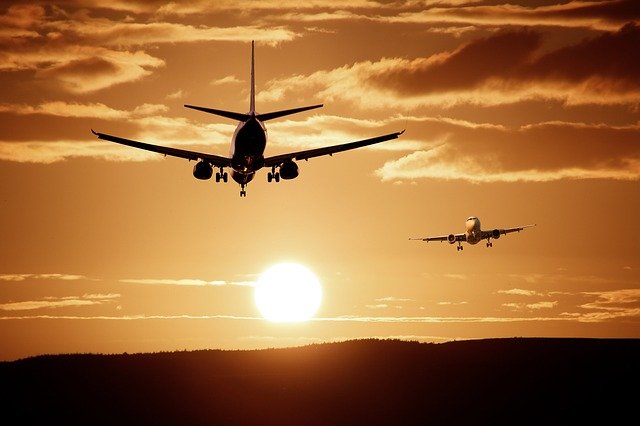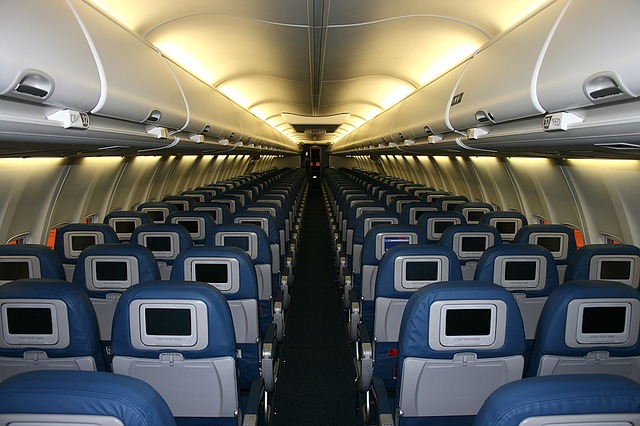 If you looked around you in an airplane and didn’t see anyone else, what would you do? Would you feel like you’re in a horror movie?
If you looked around you in an airplane and didn’t see anyone else, what would you do? Would you feel like you’re in a horror movie?
Nineteen-year-old Kai Forsyth experienced one of these “ghost flights,'' where he was the only passenger aboard the entire airplane. Forsyth’s TikTok video showing rows and rows of eerily empty seats around him went viral.
Forsyth joked about getting unlimited snacks and watching movies with a flight attendant. However, while it may seem wonderful to have a whole plane to yourself, ghost flights have grave effects on the environment.
Why Ghost Flights?
Ghost flights are a relatively new phenomenon born out of the pandemic.
Prior to the pandemic, airlines had to maintain a certain minimum number of takeoffs and landings at popular airports. Airlines must complete these flights, or risk losing their slots to competitors. This policy ensured that no flights would be canceled. It also boosted the airline industry, allowing newer, smaller airlines to obtain slots at competitive airports.
Now, global demand for flights has decreased by almost half since the pandemic’s start. Commercial airline companies have lost an estimated $200 billion since 2019. In October 2021, the EU reduced the minimum percentage from 80% to 50%, but even this lowered requirement has resulted in many ghost flights.
The Effects of Ghost Flights
 Lufthansa, a major international airline in Frankfurt, Germany, has admitted that out of their 27,951 flights this winter, approximately 18,000 airplanes flew empty. Although Lufthansa is the only airline to have revealed its statistics, some believe ghost flights are a much more widespread issue.
Lufthansa, a major international airline in Frankfurt, Germany, has admitted that out of their 27,951 flights this winter, approximately 18,000 airplanes flew empty. Although Lufthansa is the only airline to have revealed its statistics, some believe ghost flights are a much more widespread issue.
One Greenpeace researcher calculated that if the same number of ghost flights happening at Lufthansa was reflected on every other European airline, more than 100,000 ghost flights would have happened this year. This is equivalent to 2.1 million tons of greenhouse gas emissions, or 1.4 million cars! Ghost flights waste fuel and pollute the environment with no economic benefits for airline companies.
The EU takeoff guidelines are expected to rise to 64% in March 2022 to accommodate the hopeful uptick in summer traveling. In the US, similar policy adjustments are being made to control the current airline flight requirements.
Unfortunately, with the unpredictable impact of the ongoing pandemic, there is no clear solution to empty flights. The uncertainty of demand and available flights are extremely challenging to match. Nevertheless, conservationists in the UK have circulated a petition to parliament to take action and lower UK requirements.
Hopefully, once the pandemic is over, air travel demand will return to normal and empty flights will emit fewer greenhouse gases.
Sources: NPR, Wired, CBS







